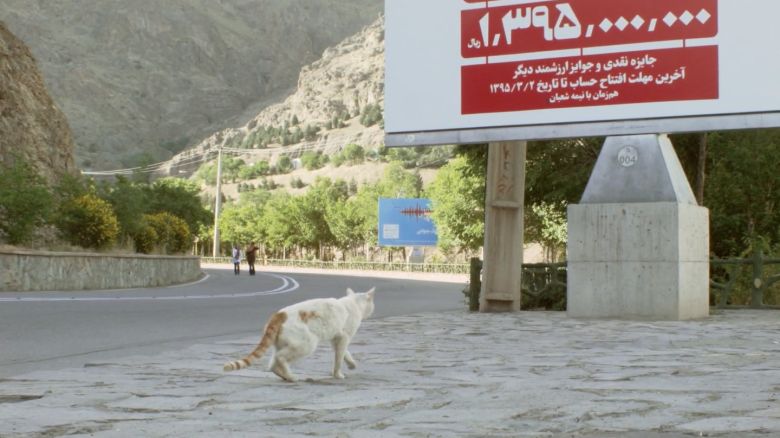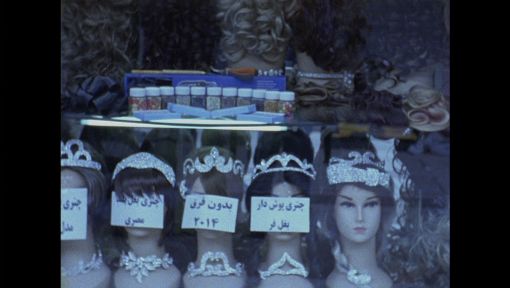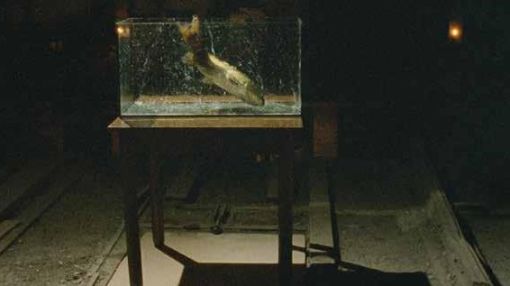Female positions in art continue to be underrepresented in all parts of the art world today, be it in the global north or the global south. However, works by women artists from Iran, as well as from other countries and contexts in the so-called Middle East, have often been presented and received within the narrow frame of exotic and orientalist stereotypes, or were not visible at all. But for decades, female artists in Iran have been working on the role of women in their own society, researching socio-political contexts, dealing with the aftermath of the 1979 revolution in Iran and the Iran-Iraq war, and challenging political and social boundaries. Also the current liberation struggles build on the work of women artists.
Strong Voices presents positions of Iranian women artists whose works have been previously shown in different projects or publications by mohit.art. The online exhibition, which will be presented in several parts, gives an overview and insight into the work, career and focus of women artists in and from Iran.
Artists: Hengameh Golestan, Jinoos Taghizadeh, Nazgol Ansarinia, Mehraneh Atashi, Golara Jahanian, Sara Abbasnejad, Neda Razavipour, Negar Tahsili, Raha Faridi, Newsha Tavakolian, Simin Keramati, Shirin Mohammad, Anahita Hekmat, Minoo Iranpour M., Susan Bayani, Mona Kakanj.
Curated by mohit.art and published with the kind permission of the artists.
Hengameh Golestan (born 1952) is a pioneer among female Iranian photographers. Her pictures from the Iranian revolution of 1979 are iconic, but she has also experimented with photography. Her approach and the post-processing of her images in the 1970s was unseen in Iran and remains groundbreaking today.
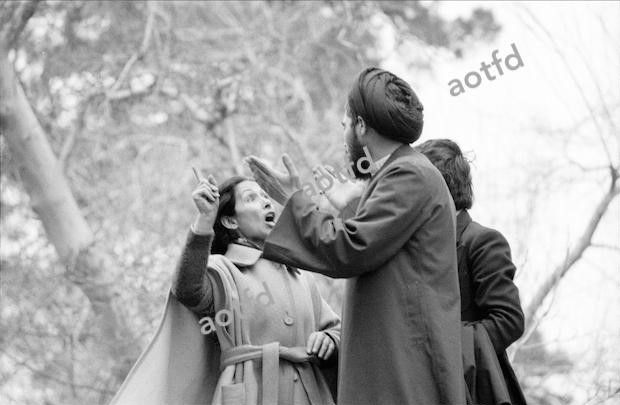
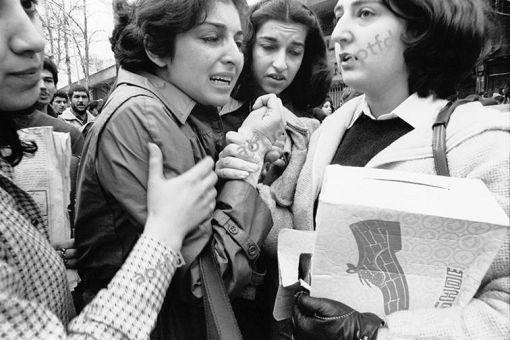
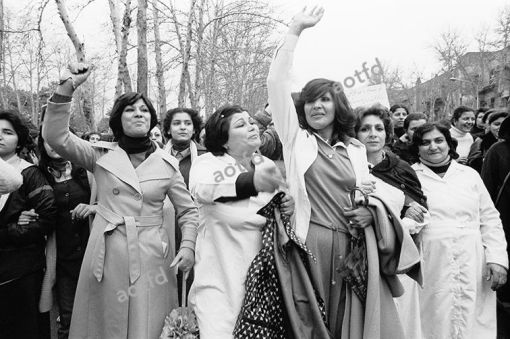
Nazgol Ansarinia (born 1979) reflects upon tensions between private worlds and the wider socioeconomic. In her more recent works, she critically investigates theoretical implications of vernacular architectural practices especially in Tehran, where she lives and works. Her artistic approach is rooted in conceptual strategies and her complex projects are based on extensive research and elaborated technological processes.
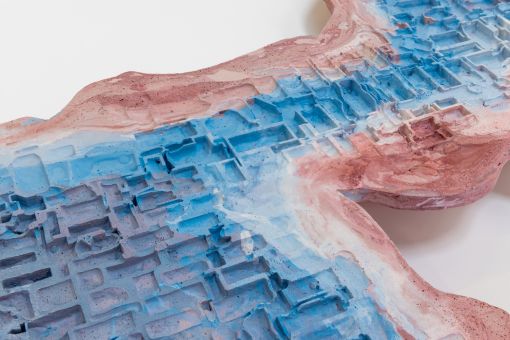
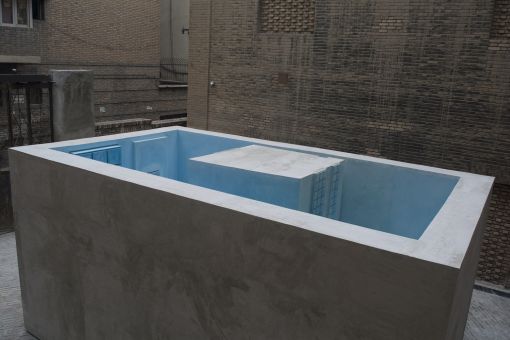
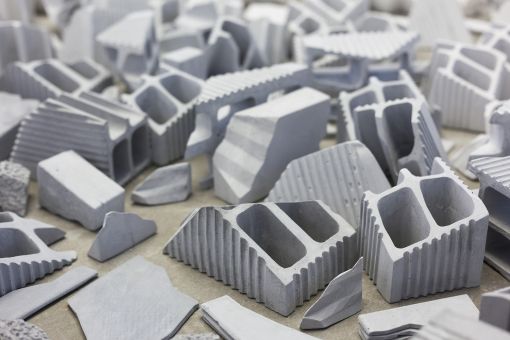

Jinoos Taghizadeh (born 1971) began experimenting with performance, installation, and video art in the early 2000s. To this day, she continues to search for approaches in her art with which she can adequately process questions about the concern and meaning of art and the way in which it conveys itself to people. Spanning various artistic media, her critical works often include historical political events which she processes in the current context.
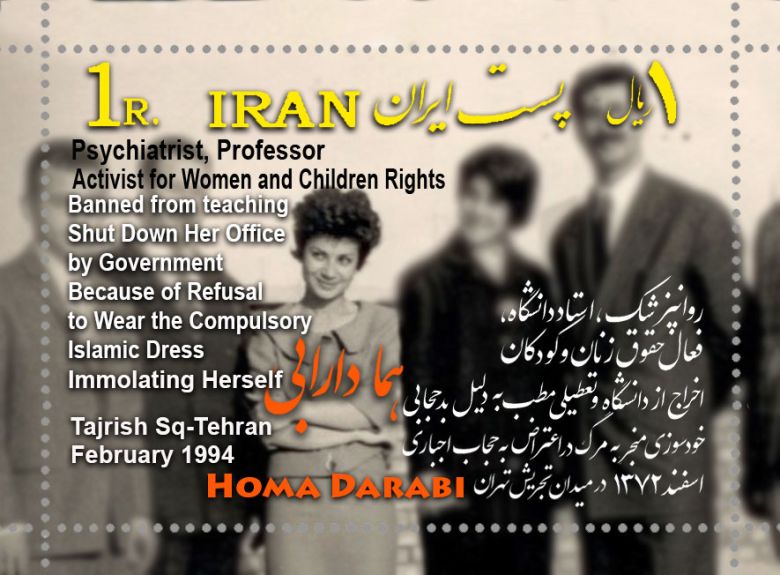
Mehraneh Atashi (born 1980), having trained as a photographer in Tehran, now lives and works between Amsterdam and Washington D.C. Astashi describes their work as an investigation of the relationships between “the time of the self and the time of the world.” Through a variety of artistic possibilities, they excavate memories using archives and document the self in images, performances, installations, publications, and curatorial practices.
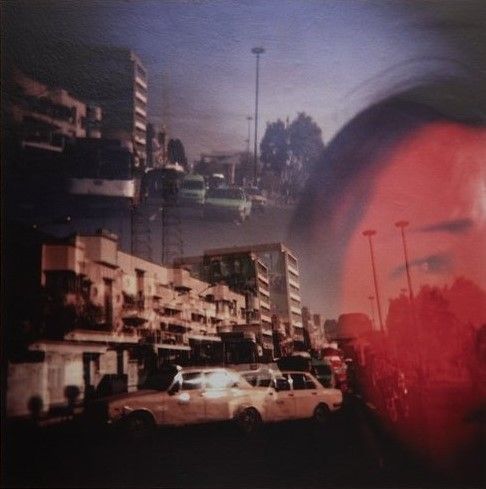
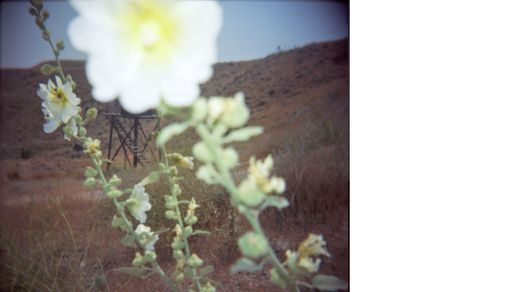
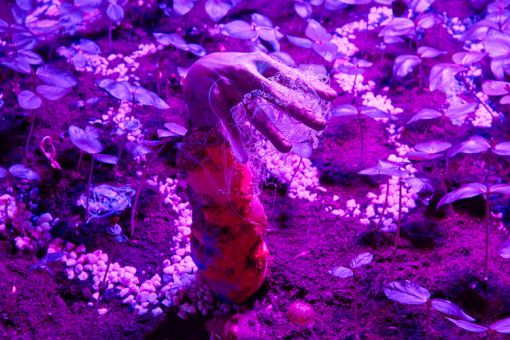
Golara Jahanian’s (born 1986) work is based on the documentary aspect of photography. She is looking for a resistant notion in photography’s reality that is dominating the image: “The contemporary human being is essentially political; and in this sense, moments, places, and everyday issues, far from being banal, can find meaning in a political dimension.” She follows the transient and trivial moments she experiences in her everyday life in the urban space, whereby her camera becomes an extension of her body, something she is in constant conflict with.

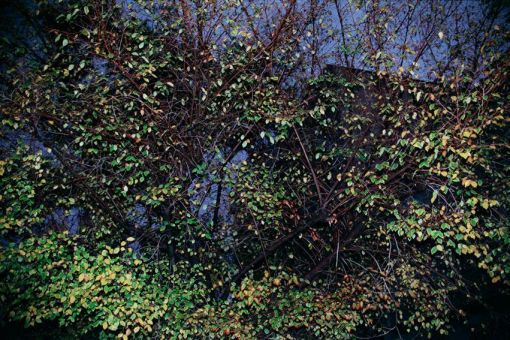
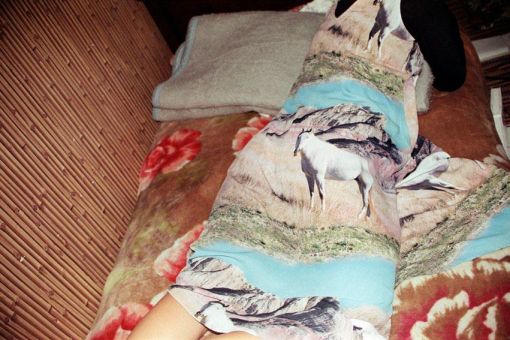

Sara Abbasnejad (born 1983) is a visual storyteller. Stemming from in Ahvaz in South-West Iran, she’s a self-trained photographer and multi-media artist exploring formats such as digital storytelling. In her projects, she dedicates herself to women’s communities and their concerns. Exploring the concept of femininity and the photographic medium as a means for witnessing and representing everyday lives of women in her community continues to be her way to resist the dominant order. Abbasnejad is based in Oslo at the moment.

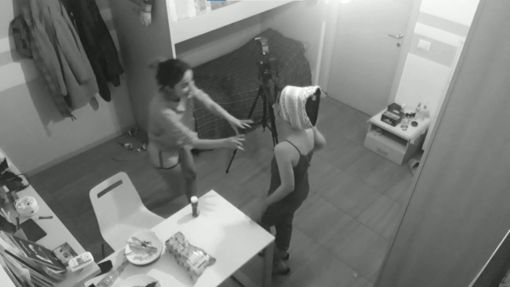
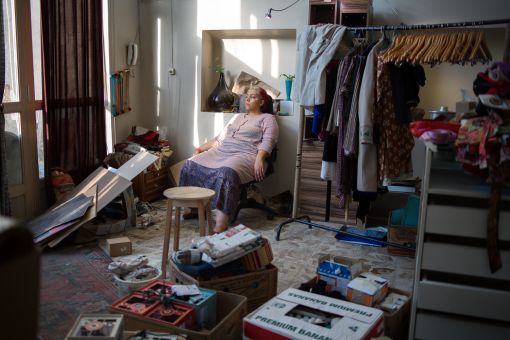
Neda Razavipour (born 1969) returned to Tehran from Paris in the late 1990s. She had been studying art as a practice investigating space, stage, and installation at EnsAD, and on her return to Tehran became a pioneer of new approaches in art in the young artistic scene that was recreating itself there at the time. Today, her artistic practice explores the question of balance, a condition that continually shifts between the extremes of order and chaos. Often using action or performance, she manipulates the stable structure of the artwork. Razavipour lives and works between Lucerne and Tehran.
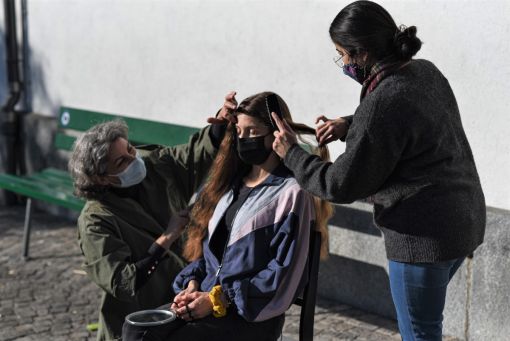
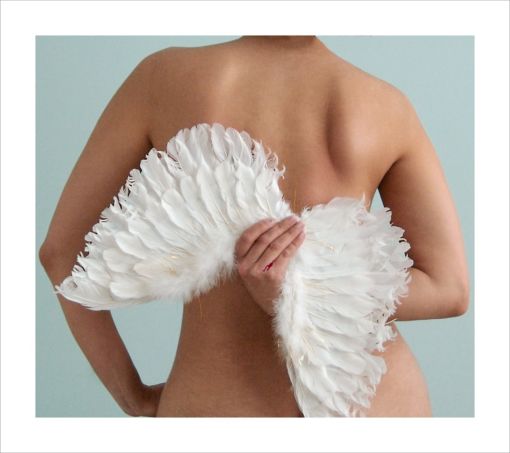
Negar Tahsili (born 1980) is an inventor, filmmaker, and multidisciplinary artist. She directs films and works on interdisciplinary exhibition-based projects around the world. Her art projects are based on the concept of cloning and displacement. She can be currently found in different cities mainly throughout Europe, where she works and teaches as part of various artist residencies.
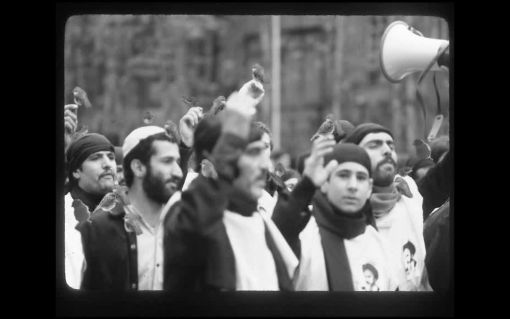
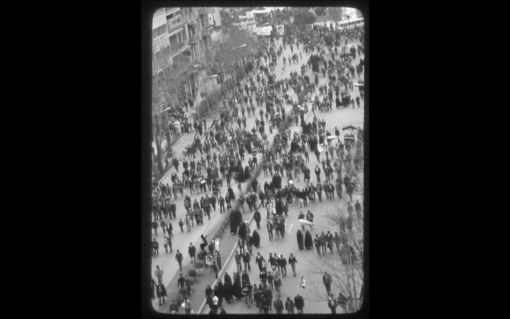

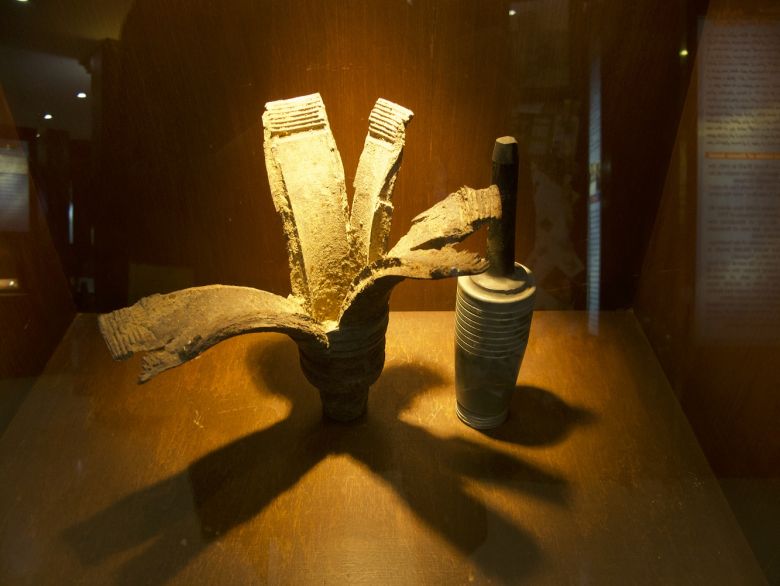
Raha Faridi (born 1980) is an artist, filmmaker, radio producer and storyteller. She has worked on a variety of subjects, including anthropology, music, gender equality, environment, and arts and culture since the early 2000s. In her interdisciplinary and transnational work spanning experimental and documentary film, podcast, music productions, text, and performance, she processes urban and intellectual themes in a serious yet playful manner.
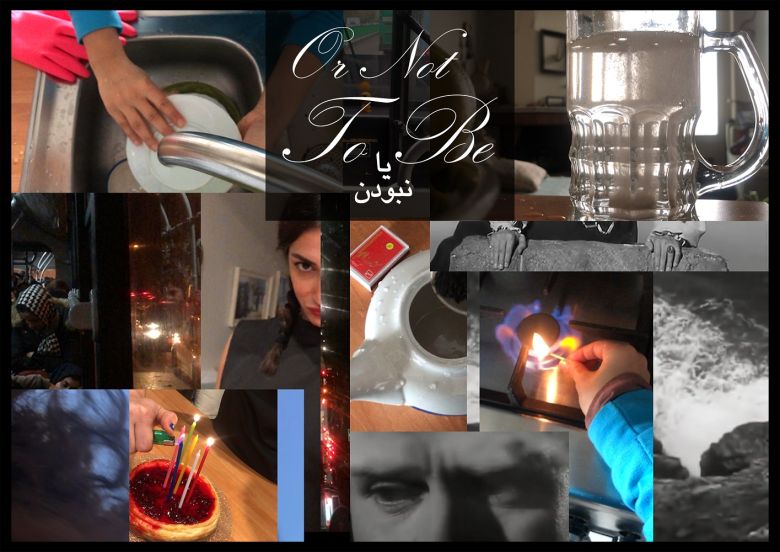
Newsha Tavakolian (born 1981) began working as a photographer for the Iranian press at a very young age, covering wars in Iraq and a range of social issues in her native Iran. Over the years, her focus shifted away from journalistic photography to photography as art. Tavakolian has photographed female guerilla fighters in Iraqi Kurdistan, Syria and Colombia, prohibited Iranian female singers and the lives of people living under sanctions. She became a Magnum member in 2019.
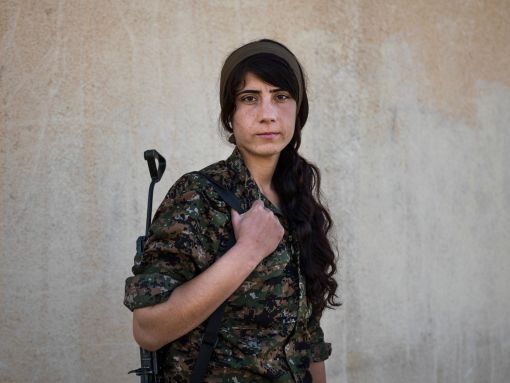
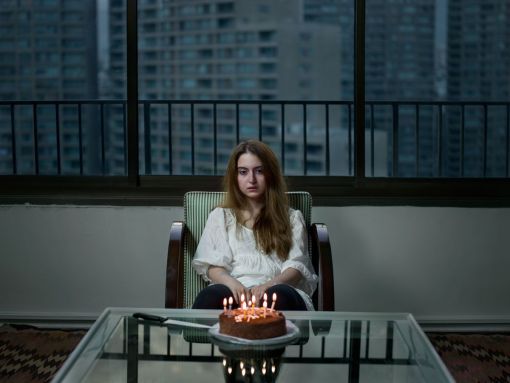
Simin Keramati (born 1970) is a multidisciplinary artist who belongs to the generation of artists in Iran who have experimented with new media approaches such as video from the late 1990s on. She references various elements from the news and social media as well as her personal life and her own body, employing film, photography, mixed media, and painting. Her works often address topics such as identity, diasporic experience, women’s rights, and gender equality. Today, Keramati lives and works in Canada.
Shirin Mohammad (born 1992) is currently living and working in Berlin and Tehran. Her interdisciplinary practice lies at the intersection of archival research, filmmaking, and installation art. Drawing on the formats of both documentary and fiction, she often deploys an unscripted approach to found or fabricated narratives that evolve into unprecedented constellations of historical events with a particular focus on the socio-political history of her home country Iran.
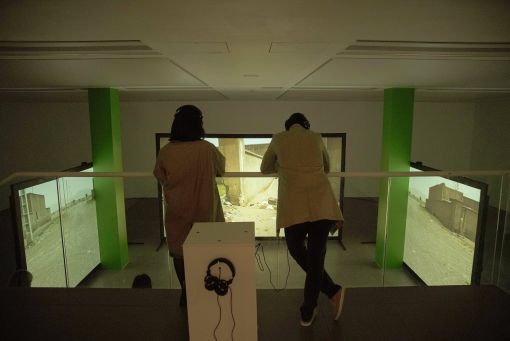
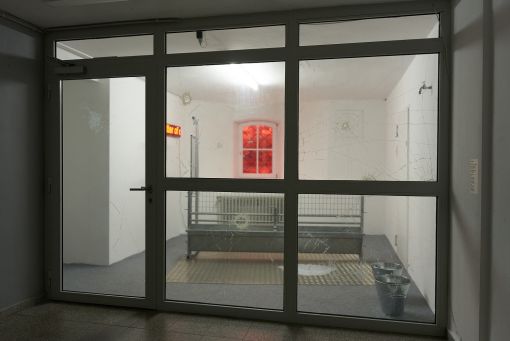
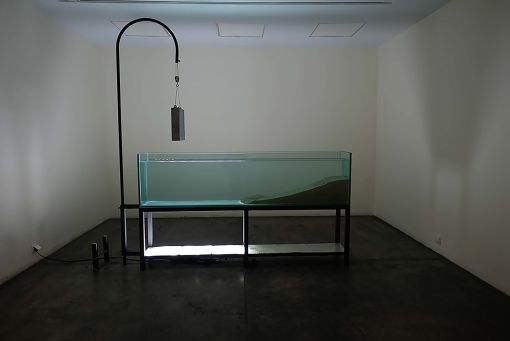

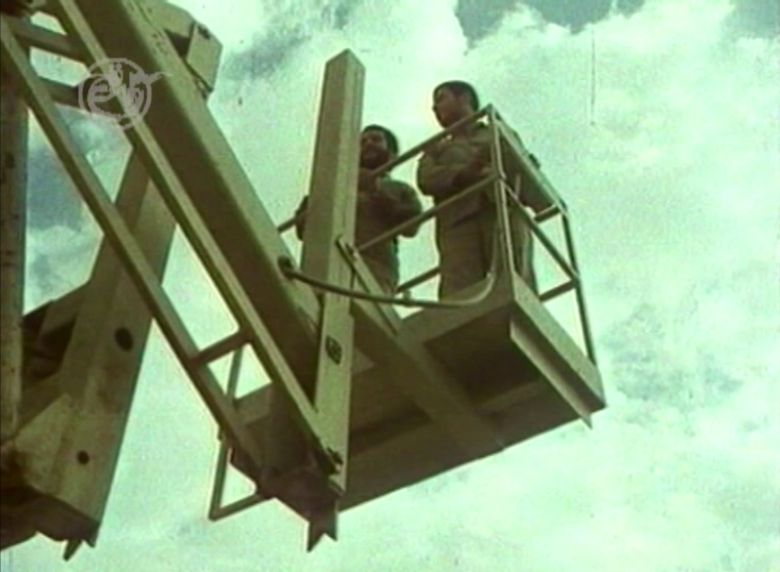
Anahita Hekmat (born 1978) is using mediums such as sound, video, installation, locative and interactive media, archives, and drawing. Her work is retracing the collective or imaginary memory, the mnemonic landscape, and our understanding of “place”. She explores ethnographic methodologies in relation to contemporary art practices in local and global contexts and is often collaborating with other artists and engineers to create multimedia experiences. Hekmat is currently living between Paris and the Bay Area.
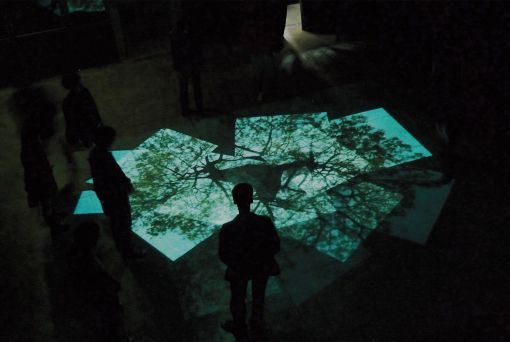
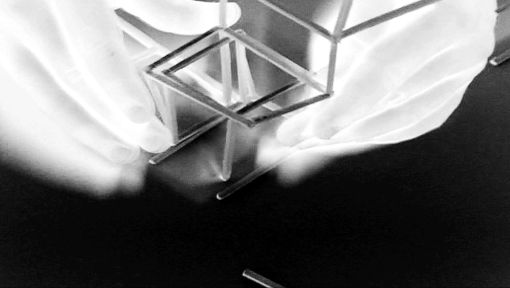
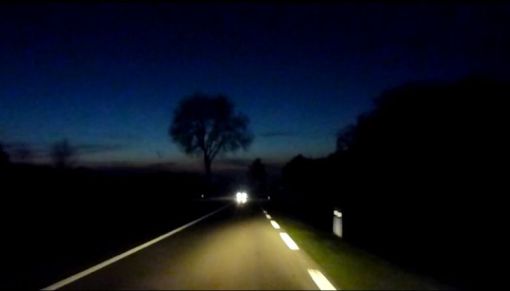
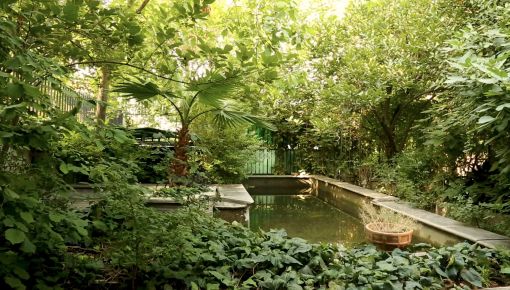
Minoo Iranpour M. (born 1964) works with a variety of media from painting to video. She was the first video artists in Isfahan to become a member of the Association of Filmmakers of Isfahan in the early 1990s when she began working with an 8mm camera. Iranpour M. is considered a pioneer in the field of video art in Iran, especially so in Isfahan, a city far away from the capital Tehran where most activities in the arts take place. Today, she lives and works in Toronto.
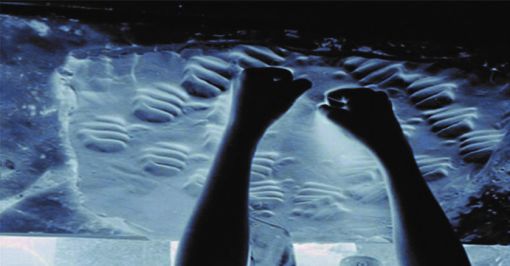
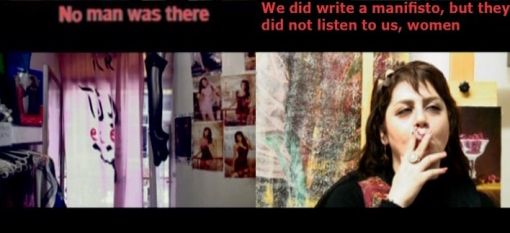
Susan Bayani (born 1981) is an Iranian Canadian film director, writer, producer, and lecturer. She is an international filmmaker with a transnational view toward human subject matters of various cultures in different languages. Political issues, violence, and issues regarding women are the main concerns in her art. In her documentaries as well as her narrative works, Bayani has been pursuing characters who are politically and socially conscious. People who, despite their life being at stake, take principled stands and put up a great fight.
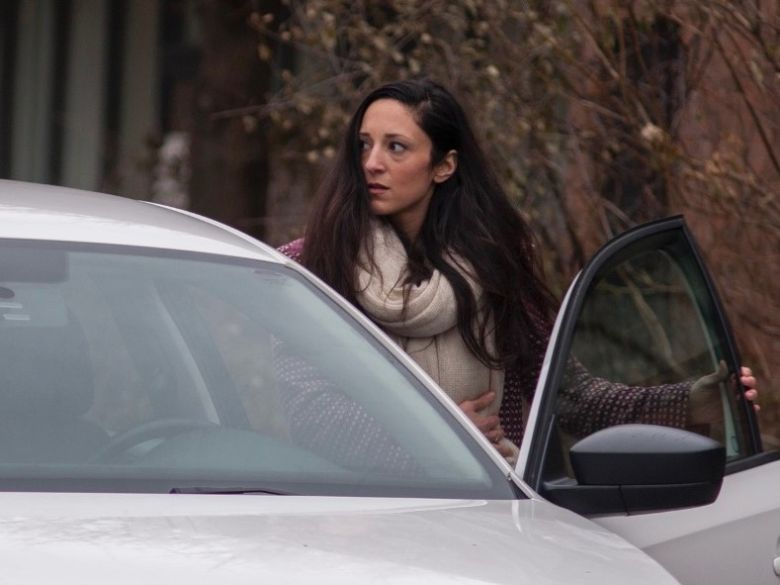
Mona Kakanj (born 1981) is an Iranian filmmaker and media artist based in Cologne. In her works, Kakanj conveys an unusual perspective. By questioning norms and setting objects or concepts outside their conventional contexts, she takes a critical approach toward known notions. Her works reflect on themes including perception, violence, belonging, personal and cultural identity.

